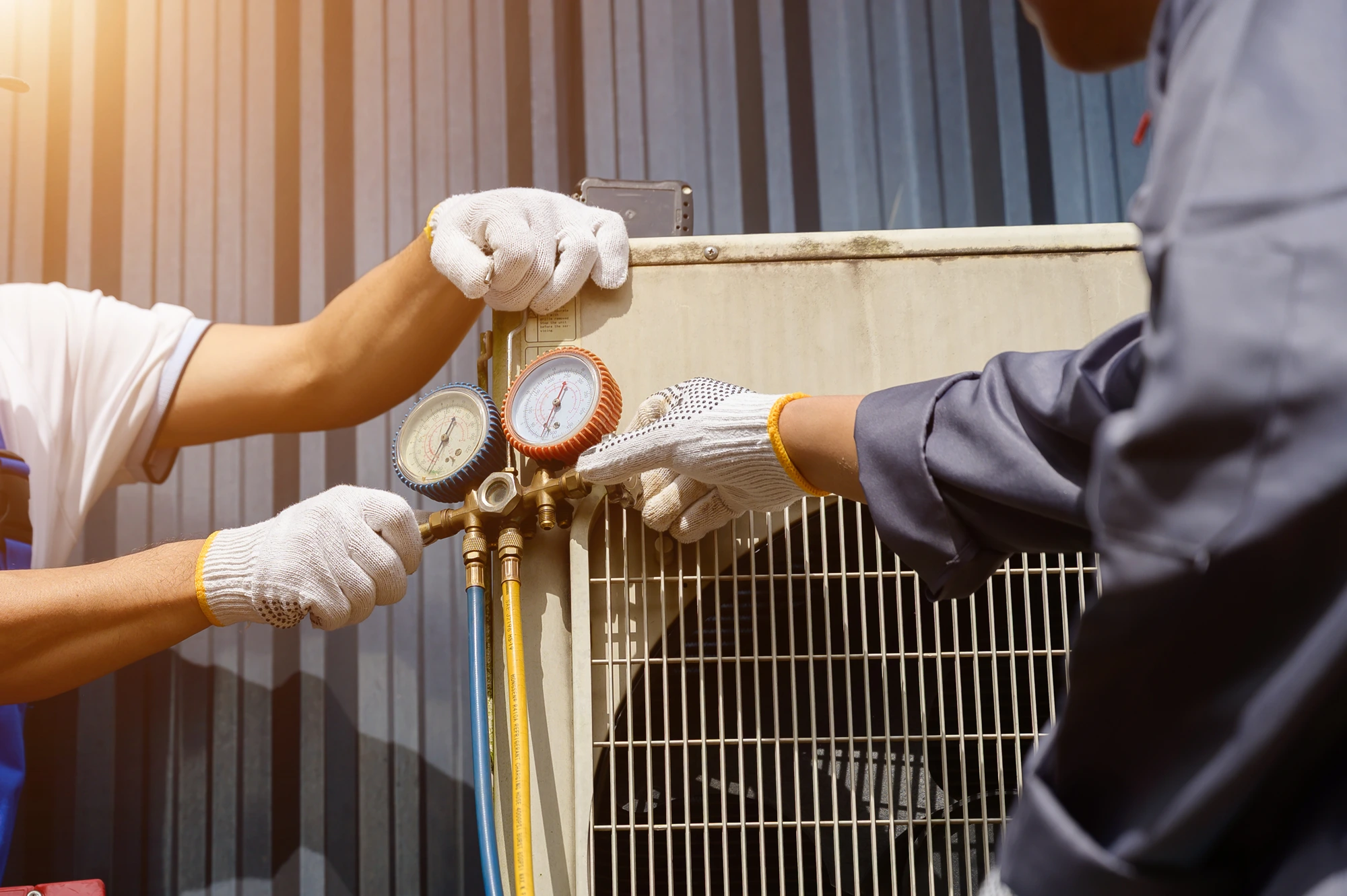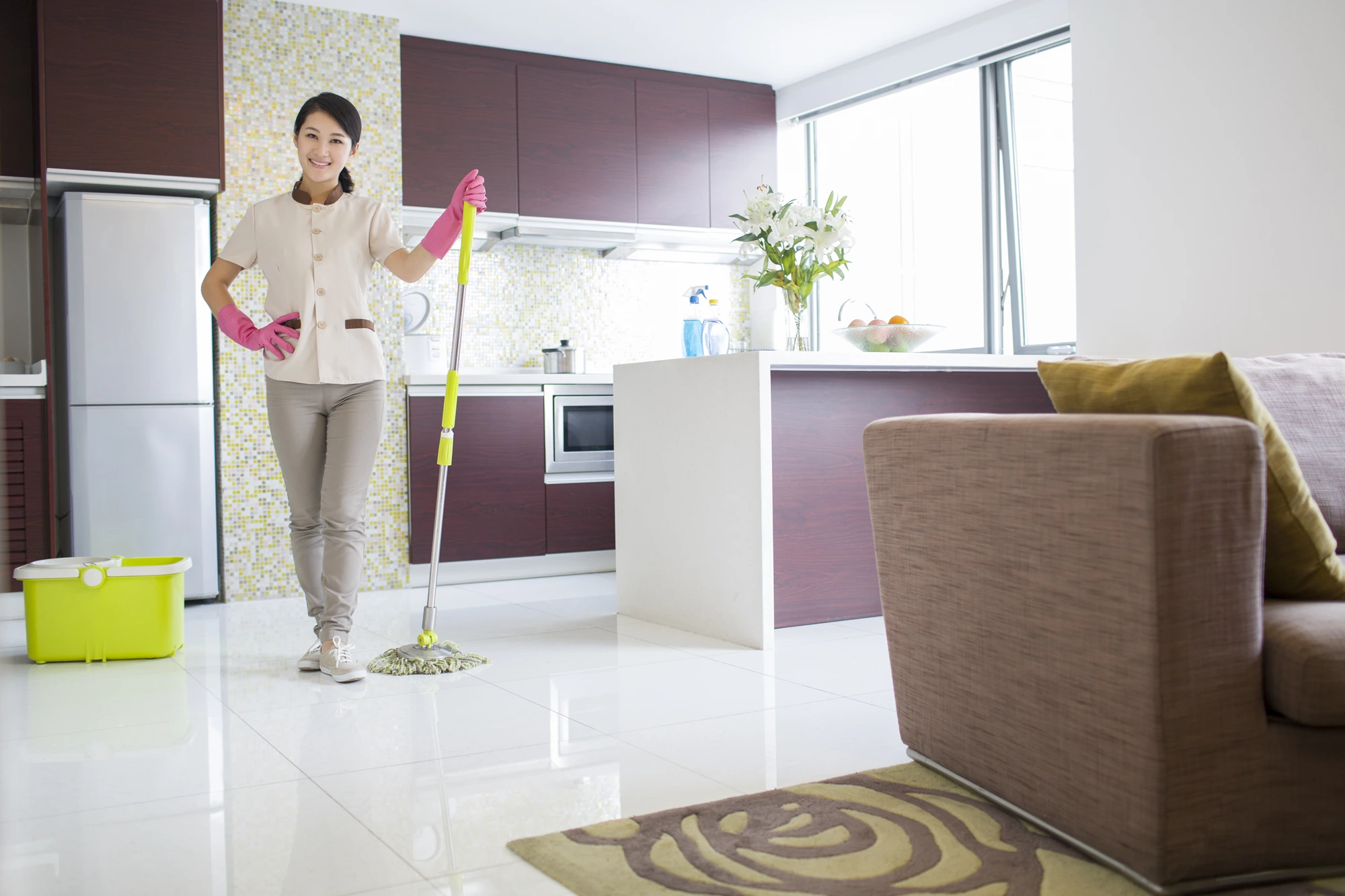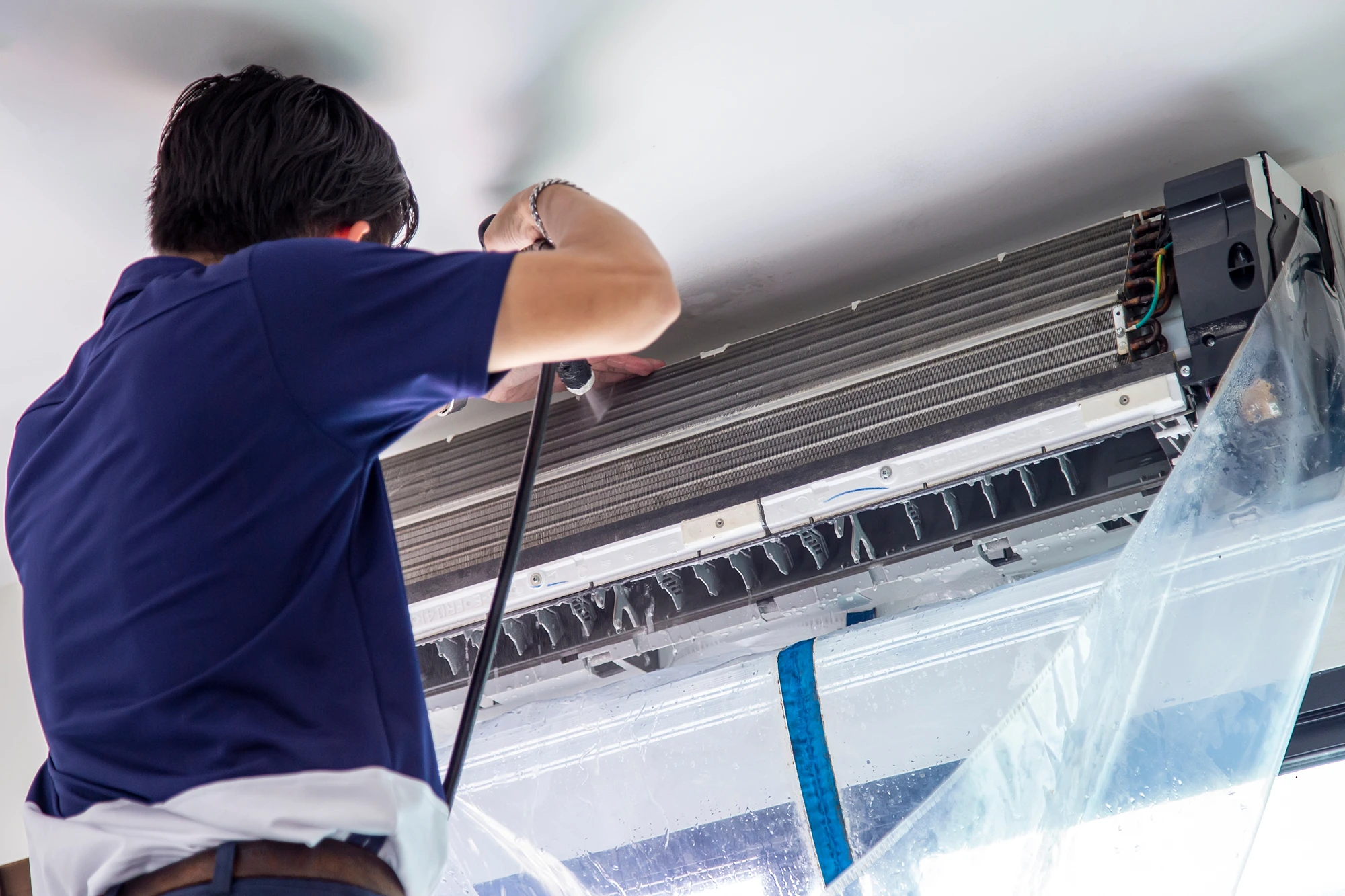In the Philippines, an air conditioner isn’t a luxury; it’s a lifeline. It’s the appliance we rely on to survive the sweltering heat, get a good night’s sleep, and maintain our sanity. But like any hard-working machine, it needs regular maintenance to perform at its best. The moment you notice weaker airflow or a strange noise, a familiar debate begins in your head: “Should I call a technician? How much is this going to cost me?”
It’s a valid question. We’re all trying to manage our budgets, and an extra expense is never welcome. But delaying your professional aircon cleaning is a classic case of being “penny wise, pound foolish.” The truth is, the cost of regular aircon cleaning is a fraction of what you’ll pay in higher electricity bills and catastrophic repair costs down the line.
So, let’s break down the real numbers. This guide will walk you through the average aircon cleaning costs in the Philippines for 2025, the factors that influence the price, and why this service is one of the smartest investments you can make for your home.
The Short Answer: Average Aircon Cleaning Prices (Metro Manila, 2025)
Before we dive into the details, here’s a quick look at the typical price ranges you can expect. Keep in mind that these are estimates and can vary based on your location, the service provider, and the specific condition of your unit.
- Window Type Aircon:
- Regular/Basic Cleaning: ₱500 – ₱800
- Deep/Chemical Cleaning (Pull-out): ₱1,000 – ₱1,800
- Split Type Aircon (Wall-mounted, per indoor unit):
- Regular/Basic Cleaning: ₱800 – ₱1,500
- Deep/Chemical Cleaning (Dismantling): ₱1,500 – ₱3,000+
- Centralized, Ceiling Cassette, or Floor-standing Aircons:
- These are less common in residential settings and are almost always priced by quotation only. The complexity, size, and accessibility require a technician to assess the job first. Expect costs to start from ₱3,500 and go up significantly.
Now, you might be looking at those ranges and asking, “What’s the difference between ‘regular’ and ‘deep chemical’ cleaning, and which one do I actually need?”
What Type of Cleaning Do You Need? Basic vs. Deep Chemical Cleaning
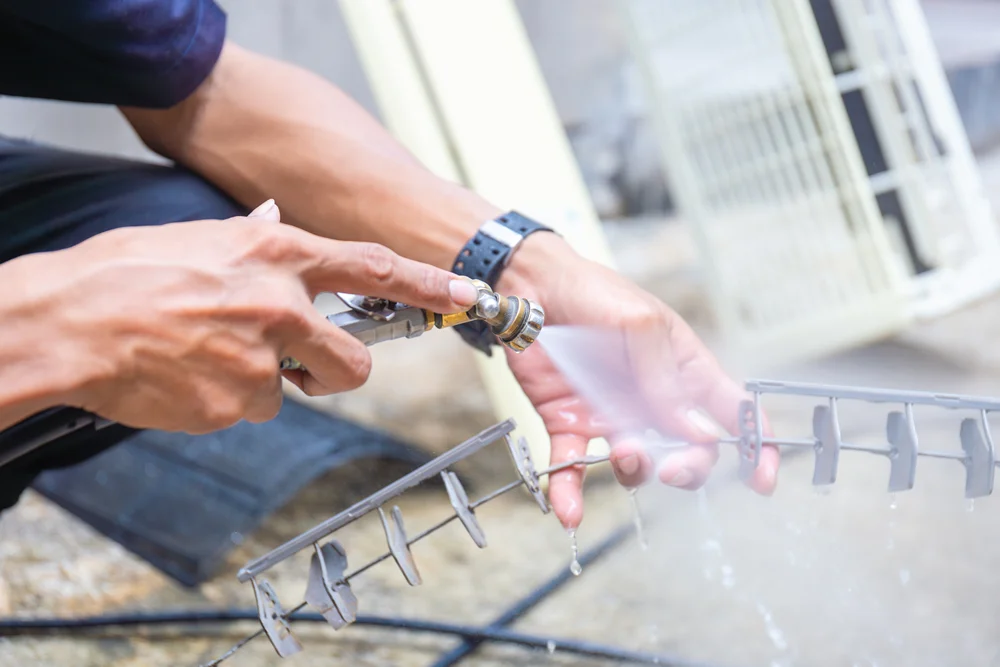
Understanding the type of service you’re paying for is crucial. A “cleaning” isn’t a one-size-fits-all job. Here’s the difference:
Regular/Basic Cleaning (Preventive Maintenance)
Think of this as a routine check-up. It’s ideal for aircons that are cleaned regularly (every 3-6 months) and are in generally good working order.
- What it typically includes:
- Washing the removable filter and front panel.
- Brushing and wiping down the evaporator coils (the front part you see).
- Cleaning the air vents and louvers.
- A quick check of the unit’s basic functions and temperature output.
- Who it’s for: Homeowners who are diligent about maintenance. This service helps keep a clean unit from getting dirty but is often insufficient for a unit that has been neglected.
- The Analogy: This is like sweeping and wiping down the surfaces in your kitchen. It keeps things tidy but doesn’t tackle the deep grease build-up behind the stove.
Deep/Chemical Overhaul Cleaning (Restorative Cleaning)
This is the heavy-duty, comprehensive service that restores a neglected or heavily used aircon to its peak condition. This is what most people need if they haven’t had a cleaning in a year or more, or if they’re experiencing problems like bad odors or very weak airflow.
- What it typically includes:
- Dismantling: The technician will carefully take apart the indoor unit’s housing to access all internal components. For window types, this means pulling the entire unit out of the wall.
- Chemical Application: A specialized, safe chemical solution is applied to the evaporator and condenser coils to break down stubborn, sticky grime, mold, and bacteria.
- Pressure Washing: The coils, blower wheel (the fan inside), and other parts are flushed and cleaned using a high-pressure water sprayer to remove all the dislodged dirt.
- Drain Line Flushing: The technician will clear the drain pipe of any sludge and algae to prevent leaks.
- Full System Check: This includes checking electrical connections, temperature, and sometimes a basic check on refrigerant levels.
- Who it’s for: Anyone with an aircon that hasn’t been serviced in over a year, or a unit showing clear signs of trouble (bad smell, leaking, poor cooling).
- The Analogy: This is the general cleaning of your entire house—moving furniture, scrubbing floors, and cleaning every nook and cranny.
4 Key Factors That Influence the Final Price
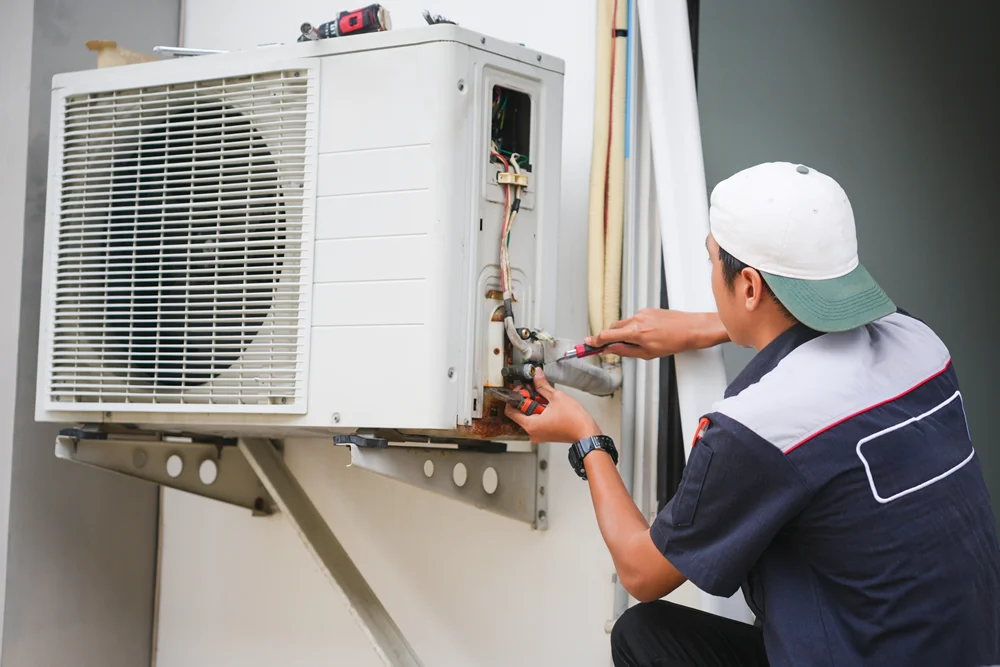
The price lists above are just a starting point. Your final bill will depend on several important factors.
- Aircon Type and Capacity (Horsepower – HP): The bigger and more complex the unit, the higher the cost. Cleaning a 0.5 HP window type is relatively simple. Cleaning a 2.5 HP inverter split type is a far more involved process. The indoor and outdoor units are larger, the components are more sophisticated, and the job simply takes more time, effort, and cleaning solution.
- Location and Accessibility: Where is your aircon located? A window unit on the ground floor is easy to access. A split type’s outdoor condenser unit located on the 20th-floor balcony with a protective grille is a different story. Technicians may charge extra for jobs that require additional safety equipment, longer ladders, or more time to access. Likewise, your home’s location matters. Many companies have a standard service area and may charge a transportation fee for clients in far-flung provinces or even different parts of the metro.
- Number of Units: This is where you can find savings. Almost every aircon service company offers a discount for cleaning multiple units in a single visit. The technician is already at your home with their equipment, so cleaning a second or third unit is more efficient. If you have multiple aircons, it’s always more cost-effective to have them all serviced at the same time.
- Additional Services and Repairs: It is critical to understand that the cleaning price is for cleaning only. During the service, a good technician might diagnose other issues. These are separate costs. Common add-ons include:
- System Check / Troubleshooting Fee: If you have a problem beyond just being dirty, there may be a diagnostic fee (₱300 – ₱800).
- Refrigerant (Freon) Check: A basic pressure check might be included, but if you need a top-up or a full recharge, this will cost extra. A freon recharge can range from ₱1,500 to ₱4,000+ depending on the type of freon and the amount needed.
- Repair Work: If a capacitor is busted or the fan motor is failing, the cost of parts and labor for the repair will be added to your bill. Always ask for a clear quotation before agreeing to any repairs.
The Real Cost: What Happens When You Don’t Clean Your Aircon?
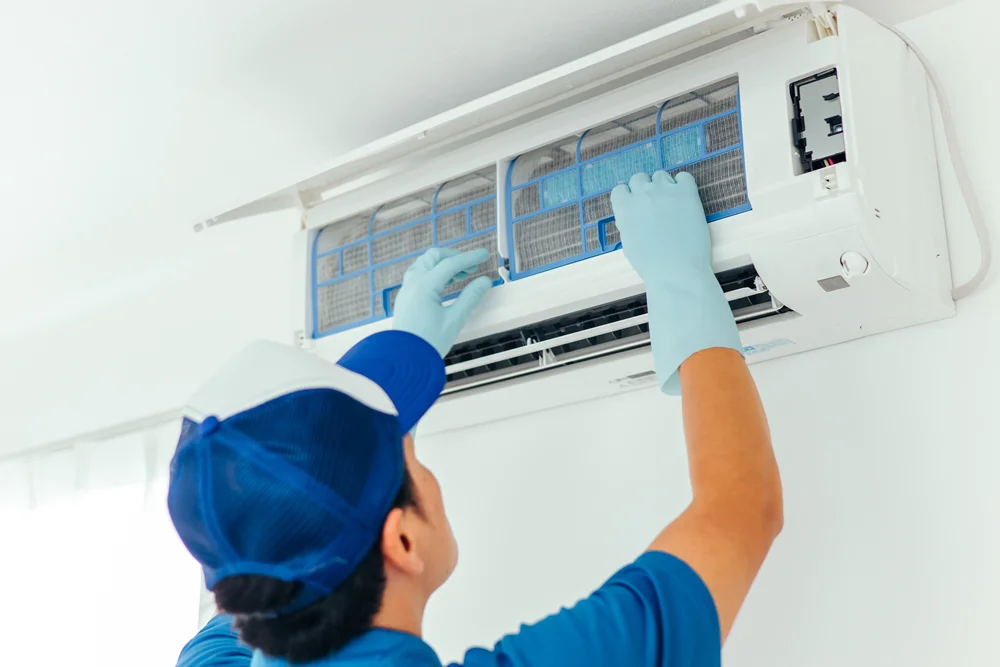
The ₱1,500 you might spend on a deep cleaning can seem like a lot, until you compare it to the enormous costs of neglect.
- The Cost of Wasted Energy: A dirty, clogged aircon has to work significantly harder to cool your room. This inefficiency can increase its electricity consumption by up to 30%. If your aircon usage normally contributes ₱4,000 to your Meralco bill, a dirty unit could be secretly costing you an extra ₱1,200 every single month. In just two months, the wasted electricity has already cost you more than a deep cleaning service.
- The Cost of Major Repairs: The number one cause of compressor failure is strain from overheating. A dirty system forces the compressor—the heart and most expensive part of your aircon—to overwork constantly. A compressor replacement can cost ₱10,000 to ₱20,000+, often making it more practical to just buy a new aircon. Suddenly, that ₱1,500 cleaning seems like a brilliant investment.
- The Cost to Your Health: The musty smell from a dirty aircon is the smell of mold and bacteria being blown directly into your living space. This can trigger allergies, asthma, and other respiratory illnesses, leading to doctor’s visits, medication costs, and missed days of work or school.
Conclusion: An Investment, Not an Expense
While the cost of aircon cleaning in the Philippines can range from a simple ₱500 for a basic wash to ₱3,000 or more for a complex chemical overhaul, one thing is clear: it is not a cost you can afford to skip.
Viewing this service as a mandatory investment rather than an optional expense is key. It’s an investment in lower electricity bills, in the longevity of your most important appliance, in the health of your family, and in your own comfort. When you get a quote, ask what’s included. Choose a reputable company with well-trained technicians, even if they cost a little more than an independent “kuya.”
Don’t wait for the warning signs of weak cooling or a terrifying grinding noise. Be proactive. Budget for an annual deep cleaning and enjoy the peace of mind that comes with a cool, efficient, and healthy home all year round.

